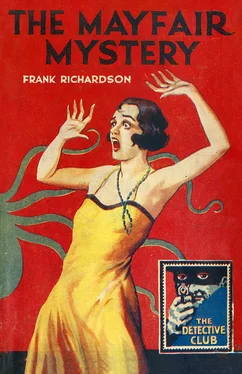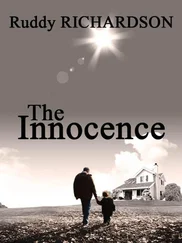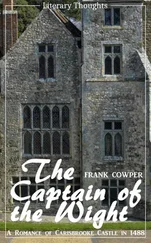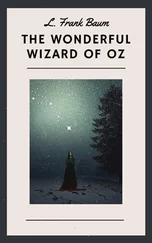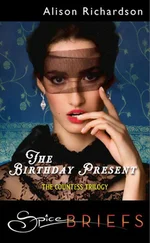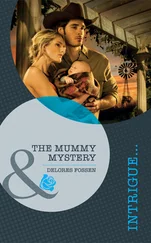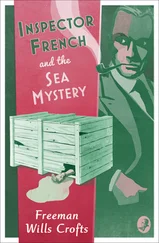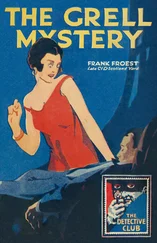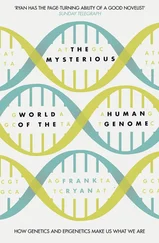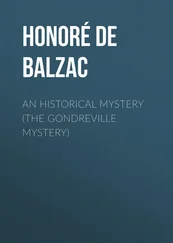Perhaps the boldest move was to change many of the book titles to make them sound more obvious: thus Bernard Capes’ The Skeleton Key became The Mystery of the Skeleton Key ; Israel Zangwill’s The Big Bow Mystery —the first full-length ‘locked room’ novel—became The Perfect Crime ; Maurice Drake’s obscure thriller WO 2 was retitled The Mystery of the Mud Flats ; and J. S. Le Fanu’s classic The Room in the Dragon Volant became The Flying Dragon . Perhaps the oddest alteration was to J. S. Fletcher’s accomplished short story collection The Ravenwood Mystery , renamed The Canterbury Mystery despite there being no such story in the book.
The Daily Mirror reviewed the new series: ‘Attractively bound in black and gold, with vivid coloured jackets, these books are bound to be immensely popular’, and an advertisement for the Detective Story Club in June 1930 claimed that it was ‘The Club with a Million Members!’ with already 19 books ‘sold by booksellers & newsagents everywhere’. The advert went on to state:
The extraordinary popularity of detective stories shows no signs of diminishing. The late Prime Minister [Stanley Baldwin] has confessed that he enjoys them; eminent men and women of every branch of life find them a mental stimulus. There is room for the Detective Story Club, Limited, founded to issue stories from the best detective writers—from Gaboriau to Edgar Wallace at a uniform price of 6d. Membership of the ‘club’ is completely informal. Any member of the public can buy these books through the ordinary trade channels, and in no other way.
The Detective Story Club was a big success. It spawned its own monthly short story magazine, which also sold for sixpence, and within a year gave Collins the confidence to launch a dedicated imprint for its full-price 7/6 hardbacks. In May 1930 the Crime Club was born, publishing three new mystery books every month, again selected by a body of ‘experts’. For its logo, the masked gunman evolved into a hooded gunman, and fans were invited to register by post for a free quarterly newsletter. The Crime Club ran until 1994 and published more than 2,000 titles, adding many new famous names to Collins’ existing roster, including Anthony Gilbert, Rex Stout, Ngaio Marsh, Elizabeth Ferrars, Joan Fleming, Robert Barnard, Julian Symons, H. R. F. Keating and Reginald Hill.
The Detective Story Club continued alongside the Crime Club until 1934, eventually abandoning the classics, the true crime and the film tie-ins and becoming principally a vehicle for cheap reprints of Collins’ earliest crime novels, such as 1920s titles by Agatha Christie, Freeman Wills Crofts and Philip MacDonald.
Then in 1935 the launch by publisher Allen Lane of his popular Penguin paperbacks sounded the death knell for the cheap hardback. Within a year, Collins launched its own paperback list, ‘White Circle Crime Club’, with stylish green and black covers showing a ghostlike gunman (and a knife-wielding accomplice), whose hood had now become a full-length shroud, and the original Man with the Gun was retired.
The resurrection of the Detective Story Club today is a chance to revisit some the best and most entertaining detective novels of the last century. The editors who picked titles for the Club chose well, although ideas about what constituted a detective story were obviously quite broad. Some books didn’t even feature detectives, and many of the rules and disciplines that characterised the era that has become known as the ‘Golden Age’ had yet to be formalised. These authors were the pioneers of an emerging genre—some broke new ground by inventing new types of story like the locked room mystery, the police procedural or the serial killer, while still drawing on more old-fashioned styles of classical romance, whimsical satire or the supernatural. But these were books with thrills and spills that got under the skin of their readers, and as such offer a candid glimpse today of how people thought and behaved at the time they were written.
The Mayfair Mystery , originally published in 1907 as 2835 Mayfair , is one such example. Author Frank Richardson had become very well known both in the UK and the USA as a satirist, his recurring theme a crusade against the Edwardian fashion for facial hair. He wrote more than a dozen books in just ten years, latterly collections of his widely published stories and parodies, including Bunkum (1907), its imaginatively titled sequel More Bunkum (1909), and perhaps his most famous, Whiskers and Soda (1910). These clearly endeared him to readers and reviewers on both sides of the Atlantic: ‘Whimsical, audacious, unconnected, and discursive, irresistibly amusing’ ( Daily Express ); ‘A master of extravaganza: No one can take up his books without being infected by the light, careless spirit which pervades them’ ( Daily Telegraph ); ‘No living writer knows better how to amuse than Mr Frank Richardson’ ( New York Herald ); ‘One of the wittiest men in London’ ( New York Evening News ); and so they went on.
Frank Collins Richardson was born in Paddington, Middlesex (as it was then) on 21 August 1870. He went to Marlborough College, where impending unpopularity amongst his peers from a ‘versatile incompetence’ at both games and work was seemingly averted by his ability to invent and tell vivid stories after lights out in the dormitory. After being ‘superannuated’ at Marlborough, he failed to get into Trinity, Oxford, where one Professor declaimed: ‘Richardson, you will always be a fool, but your sense of humour may prevent you from being a damned fool.’ However, he did get into Christ Church, but got out without a degree, and thanks to his father, the (inevitably bewhiskered) Chairman of the North Metropolitan Tramways Company, trained as a barrister and got work in all Courts, Parliamentary Bar, Chancery Bar, the Queen’s Bench and the Old Bailey.
A consistent failure, however, or so he maintained, Richardson took up playwriting, with moderate success, and a breakthrough with the publication of a couple of short stories led to him being invited to write novels. Choosing subjects he knew, but with a comedic twist, his first, The King’s Counsel , was published by Chatto and Windus in 1902, and three more followed in 1903, all with a strong vein of satire and gratuitous references to whiskers. Richardson is credited as coining the term ‘face-fungus’, and Punch called him ‘Mr Frank Whiskerson’. His ability to write caricatures also developed into drawing them, and his later books and articles often featured his own sketches.
Like so many clowns, however, Richardson’s life ended tragically. Widowed before he turned 40, his appetite for writing had all but dried up by the time he published a book of poetry, Shavings , in 1911. Although he may have exhausted his peculiar topic of humour, he had remained a popular figure, opening fêtes, signing books, drawing cartoons and judging seaside beauty contests. But on Thursday 2 August 1917, The Times announced his death, aged 46: ‘Mr Frank Collins Richardson, barrister, and novelist, was found dead in his chambers in Albemarle-Street, Piccadilly, yesterday. An inquest will be held.’ The next day, Westminster Coroner, Ingleby Oddie, heard evidence from Richardson’s sister and ex-valet which showed he had been suffering from depression and was given to ‘alcoholic excess’, despite his successful business interests as director of two flourishing companies: a cataract had robbed him of sight in one eye, and he feared it would spread and he would go blind. He had died on 31 July from a cut to his throat, and the jury returned a verdict of suicide whilst of unsound mind.
Читать дальше
